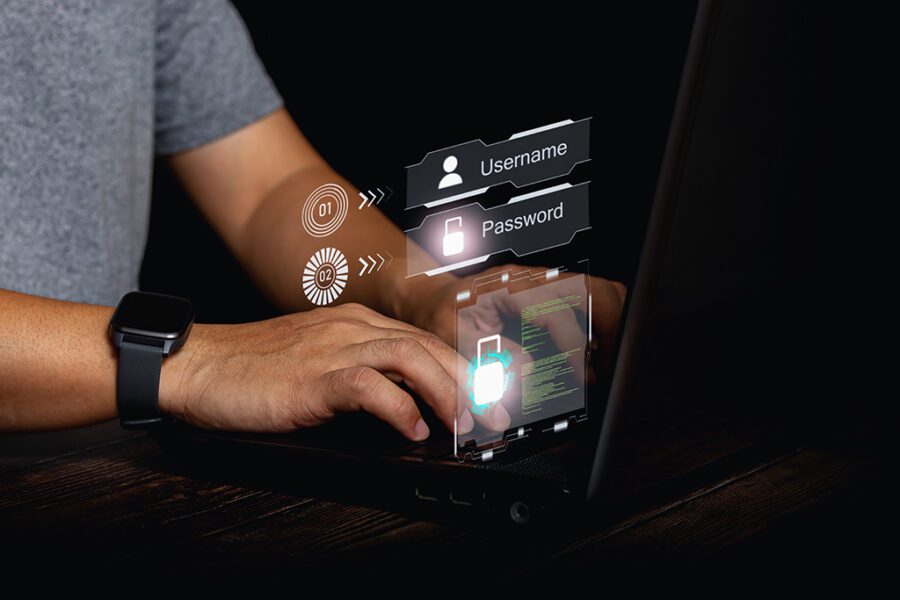
Good data hygiene should go hand in hand with good cyber hygiene.
Data hygiene is focused on cleaning up bad data riddled with errors and inaccuracies. “Dirty” data can lead to increased operating costs and make decision-making within corporate environments much more difficult.
Cyber hygiene, on the other hand, is about regular management of the systems that keep information safe. Proper management protects the organization from attacks.
To guard the companies against breaches, it’s important to test and assess the security. This step is significant for management because it helps IT teams determine which parts of the infrastructure need patching up.
The latest tool that has been developed for that purpose is extended security posture management.
What Is Extended Security Posture Management?
Extended security posture management is an automated tool that validates the security and tests teams within the company.
The goal of testing is to conclude whether there are vulnerabilities that could be exploited by threat actors.
High-risk flaws could create pathways for hackers that lead them straight into the organization.
This is concerning because unauthorized access can enable them to monitor corporate activity and leak or manipulate any data they come across.
Therefore, to keep the hackers away from the infrastructure (and sensitive information that’s circulating within it), its security has to be regularly scanned, tested, and improved.
AI-Powered Service to Test Security
Extended security posture management combines the capabilities of several tools to validate the security that an organization currently has.
This evaluation software works 24/7 and is automated to discover any weakness that could compromise the system before a flaw turns into an incident.
For instance, to test the security tool, people, and protocols, it utilizes the ability of:
- Breach and Attack Simulation (BAS)
- Automated Red Teaming
- Attack Surface Management
By using the abilities of numerous tools, extended security management paints the complete picture of the state of attack surface in real-time.
What are these tools capable of, exactly?
Breach and Attack Simulation
Breach and Attack Simulation is the tool that can test the security tools of companies. It attacks the vectors as a hacker would, but in a safe environment.
When it runs in the background, it evaluates whether the security posture can defend itself from actual cyber-attacks.
BAS has been modeled on penetration testing. It’s an automated version of simulating attacks on the system to discover its weak spots.
The key difference is that BAS does so continually and thus doesn’t leave the organization potentially exposed between tests. Pen testing has proven to be much more costly as it involves hiring professionals, and it is normally conducted annually or biannually. But threats don’t only appear once or twice a year, as we well know.
BAS is also linked to the MITRE ATT&CK framework. This library is crucial in that it describes new hacking methods that have previously led to successful breaches of other companies.
Automated Red Teaming
Most of the errors in cybersecurity are made by humans. An automated version of the exercise that separated teams into blue and red teams sheds light on the readiness of the cyber experts that are in charge of security.
Blue teams defend the network while the red team targets the system with likely attacks.
Red teaming assesses whether teams that manage security know how to use the software they have at their disposal.
If they fail the test, it shows that they need additional cybersecurity training.
Attack Surface Management
Management of the attack surface follows the process of discovery, analytics, and remediation.
What makes this component important is that it accounts for both external and internal attack surfaces.
Namely, the tool scans the internet for leaked employee passwords and shadow IT, but it also checks whether there has been misuse of credentials within the company.
Implementing Zero Trust
One significant principle on which the extended security posture is based that also protects data is zero trust.
By trusting no one, the software is calibrated to double-check any login and not grant access to someone who is potentially a cybercriminal using employee credentials.
Strict verification is a necessity because it makes it more difficult for hackers to gain further levels of access even if they get in using stolen passwords.
Data That Improves Security
The result of the management tool that continually tests and evaluates the state of security posture is that it follows up IT teams with a report that lists high-risk flaws in the system.
For cyber professionals who manage security, generated reports and the continually updated dashboard that highlights the high-risk flaws aid them in making better decisions for the company.
Generally, the cybersecurity cycle follows these steps:
- Setting up defenses
- Scanning to discover threats and vulnerabilities
- Analysis of the findings
- Mitigating threats or patching up flaws
As the cycle is continually repeated, employees get more and more data based on which they can make informed decisions. AI-generated documentation aids them in thinking quickly and improves security on the spot.
Major Aid for IT Teams
Whether it’s dedicated cybersecurity experts and analysis or IT teams who operate these automated tools, they already have a lot on their plates. Overworked and understaffed, they need all the help they can get when managing security.
Extended security posture management accommodates the needs of both larger and smaller teams.
Automation decreases the number of mistakes that teams make within the security and thus lowers the possibility of damaging data breaches.
It frees up their schedule for more important and challenging tasks such as dealing with advanced threats and further automation of security.
To Conclude
Both employees and users who trust organizations with their data count on the security of said information within the system.
Regular management of cybersecurity within the company is a necessity because its primary goal is to protect information.
Every cycle of scanning, analysis, and mitigation decreases the attack surface and the chances of incidents such as data leaks because it strengthens the security.
